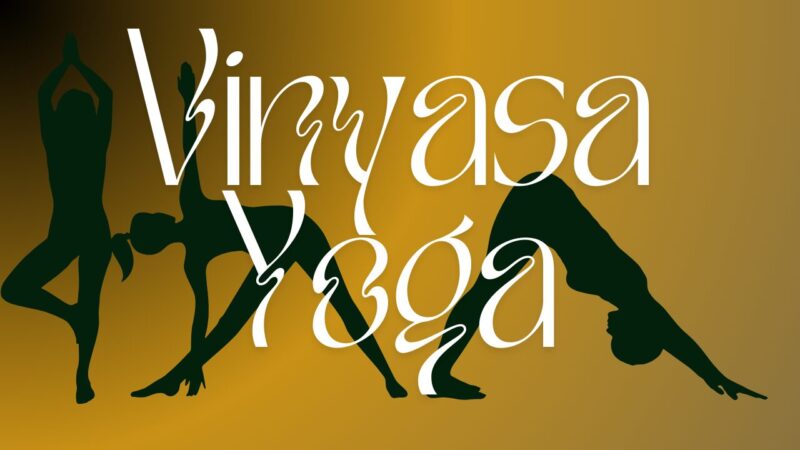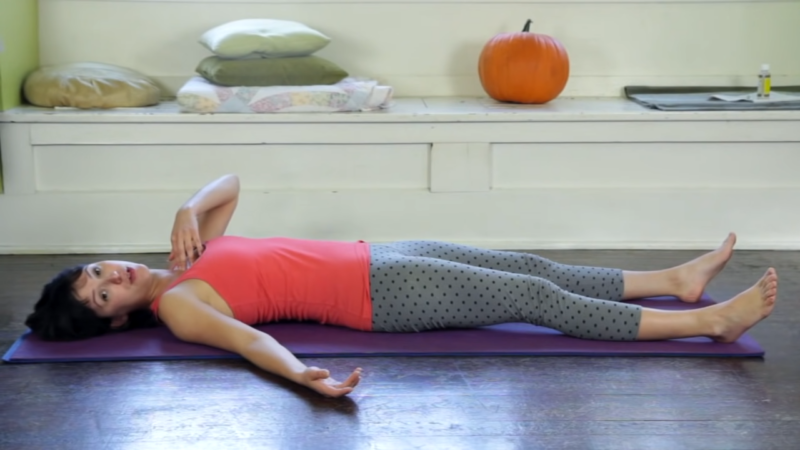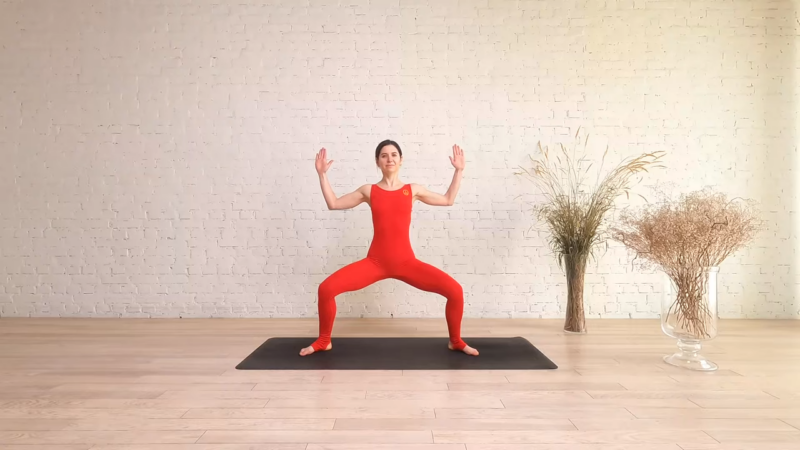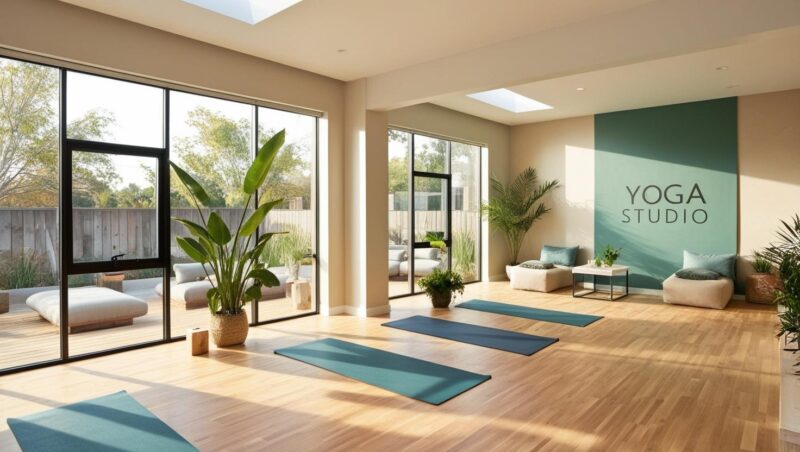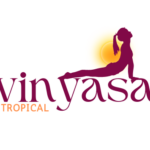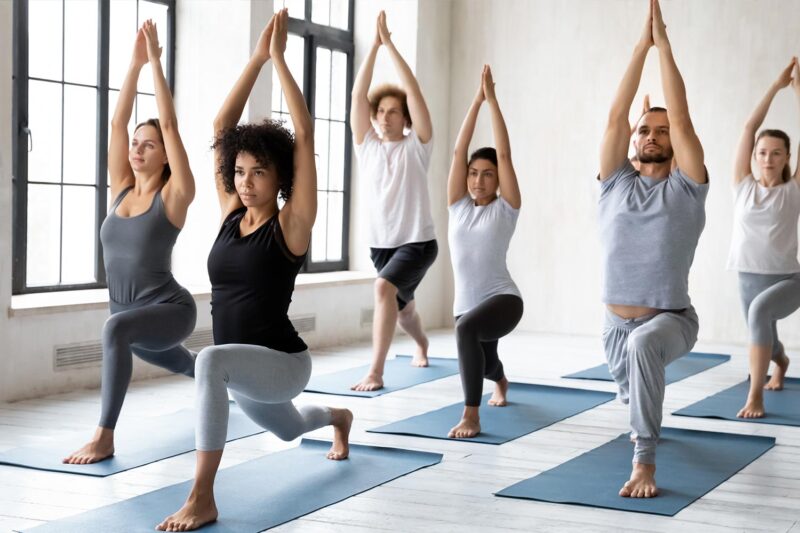
Share Post:
Vinyasa Yoga, a dynamic and fluid form of yoga, has gained immense popularity in recent years. As an ever-evolving practice, it offers countless benefits for both the body and mind. In this comprehensive guide, we’ll delve into the world of Vinyasa Yoga, providing you with a solid foundation to begin or deepen your practice.
Explanation of Vinyasa Yoga

Vinyasa Yoga is a dynamic and fluid style of yoga that combines breath with movement. The term “vinyasa” translates to “arranging something in a special way” in Sanskrit, which reflects the practice’s emphasis on the sequencing of postures. Vinyasa Yoga is an adaptable practice that can be tailored to suit practitioners of all levels, from beginners to advanced yogis.
The Origin
Vinyasa Yoga has its roots in the ancient Indian practice of Hatha Yoga, which emerged around the 11th century CE. However, modern practice has been heavily influenced by Ashtanga Yoga, a rigorous style of yoga developed by K. Pattabhi Jois in the 20th century. Jois’s focus on breath-synchronized movement and flowing sequences laid the foundation for the contemporary practice of Vinyasa Yoga.
Benefits
Vinyasa Yoga offers a wide array of physical, mental, and emotional benefits, including:
- Improved strength, flexibility, and balance
- Increased cardiovascular endurance
- Enhanced mental clarity and focus
- Stress reduction and improved mood
- A deeper connection between mind, body, and breath
Understanding the Vinyasa Flow
Breakdown of Vinyasa Flow
A Vinyasa Flow is a sequence of postures connected through breath-synchronized movements. Each movement is accompanied by either an inhalation or exhalation, which helps to create a fluid and meditative rhythm throughout the practice. A typical Vinyasa Flow may include a mix of standing, seated, and reclining postures, as well as transitions such as Sun Salutations.
The Significance of Breath-Synchronized Movement
Breath-synchronized movement is a cornerstone of Vinyasa Yoga, as it helps to create a sense of unity between the mind, body, and breath. By focusing on the rhythm of the breath, practitioners can cultivate mindfulness and presence while also fostering a deeper connection to their bodies. This emphasis on breath also serves to enhance the flow of energy, or prana, throughout the body, promoting overall well-being.
Role of Sun Salutation
Sun Salutations are an integral part of Vinyasa Yoga, as they serve as both a warm-up and a foundational sequence for linking postures. There are several variations of Sun Salutations, but all consist of a series of postures performed in a continuous, flowing sequence. Sun Salutations help to build heat and flexibility in the body, preparing practitioners for the more challenging postures to come.
Basic Poses

1. Standing Poses
Standing poses in Vinyasa Yoga provides a strong foundation for balance and stability. Examples include Mountain Pose, Tree Pose, and Chair Pose. These postures engage major muscle groups, building strength and increasing flexibility.
Warrior I
Warrior I is a powerful standing pose that stretches the hips, legs, and chest while building strength in the lower body. It is often performed as part of a Sun Salutation sequence.
Warrior II
Warrior II is another fundamental standing pose that strengthens the legs, arms, and core while also opening the hips and shoulders. This posture encourages proper alignment and balance.
Extended Side Angle Pose
Extended Side Angle Pose is a dynamic standing posture that stretches the hips, legs, and side body while also strengthening the legs and core. It promotes flexibility and stability throughout the body.
2. Seated Poses
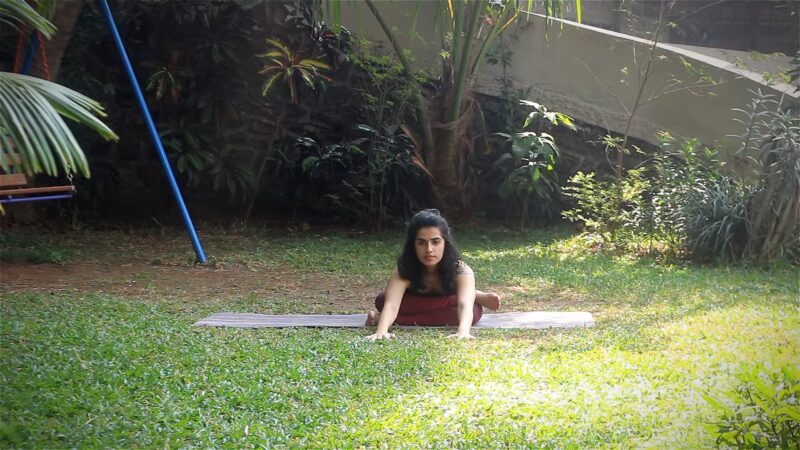
Seated poses in Vinyasa Yoga help to improve flexibility, encourage relaxation, and cultivate mindfulness. Examples of seated poses include the Seated Forward Fold, Pigeon Pose, and Seated Twist Pose.
Seated Forward Fold
Seated Forward Fold is a calming posture that stretches the hamstrings, lower back, and spine. It is often practiced as a cooling and introspective pose, allowing practitioners to connect with their breath and release tension.
Pigeon Pose
Pigeon Pose is a deep hip-opening posture that stretches the hip flexors, glutes, and lower back. This pose is particularly beneficial for those who spend long periods sitting, as it helps to release tightness and tension in the hips.
Seated Twist Pose
Seated Twist Pose is a revitalizing posture that stretches the spine, shoulders, and hips while promoting digestion and detoxification. This pose encourages spinal mobility and can help to alleviate discomfort in the lower back.
Tips for Practicing Vinyasa Yoga
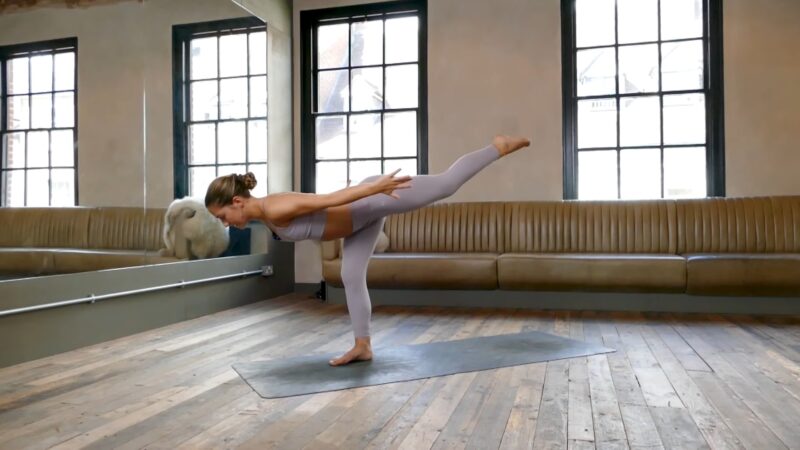
Importance of Breath and Movement Coordination
In Vinyasa Yoga, coordinating breath with movement is crucial for cultivating a sense of flow and unity throughout the practice. By focusing on the rhythm of the breath, practitioners can develop greater mindfulness and presence, leading to a more fulfilling and meditative practice.
Modifications for Beginners
Vinyasa Yoga is an adaptable practice, and there are many modifications and variations available to suit practitioners of all levels. Beginners should feel encouraged to use props such as blocks, straps, and bolsters to support their practice and make postures more accessible. Additionally, taking breaks and resting in Child’s Pose is always an option if needed.
Tips for Building Strength and Flexibility
Consistency is key when it comes to building strength and flexibility in Vinyasa Yoga. Practicing regularly and gradually increasing the intensity and duration of your practice will lead to noticeable improvements. Additionally, incorporating a variety of postures and sequences can help to target different muscle groups and prevent plateaus in progress.
Common Misconceptions About Vinyasa Yoga
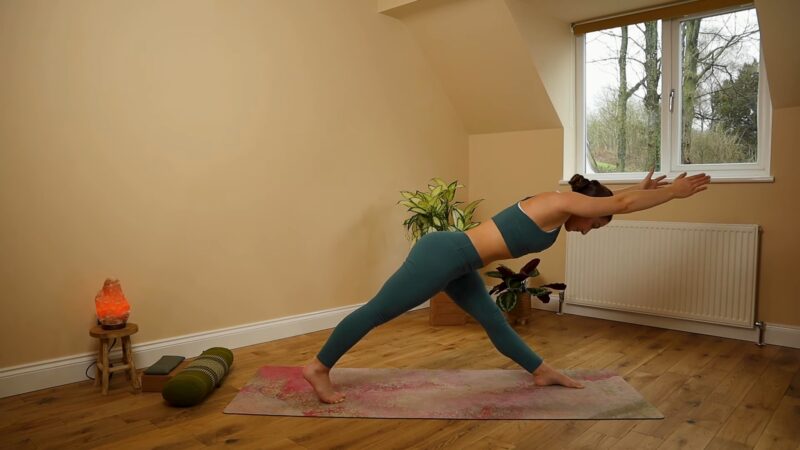
It Is Not the Same as Power Yoga
While both Vinyasa Yoga and Power Yoga are dynamic and challenging practices, they are not synonymous. Power Yoga is a specific style of Vinyasa Yoga that emphasizes strength, endurance, and cardio, while Vinyasa Yoga is a broader practice that can be adapted to accommodate various levels of intensity and focus.
It Is Not Only for the Young and Flexible
Vinyasa Yoga is a versatile practice that can be tailored to suit the needs of individuals of all ages and abilities. With proper modifications, Vinyasa Yoga can be made accessible to those with limited flexibility or mobility, as well as to seniors and individuals with chronic health conditions.
It Is Not Just a Physical Practice
While Vinyasa Yoga is undoubtedly a physically demanding practice, it is also a deeply spiritual and introspective one. The emphasis on breath-synchronized movement encourages mindfulness and presence, while the fluid sequencing of postures helps to cultivate a meditative state, fostering a deeper connection between mind, body, and spirit.
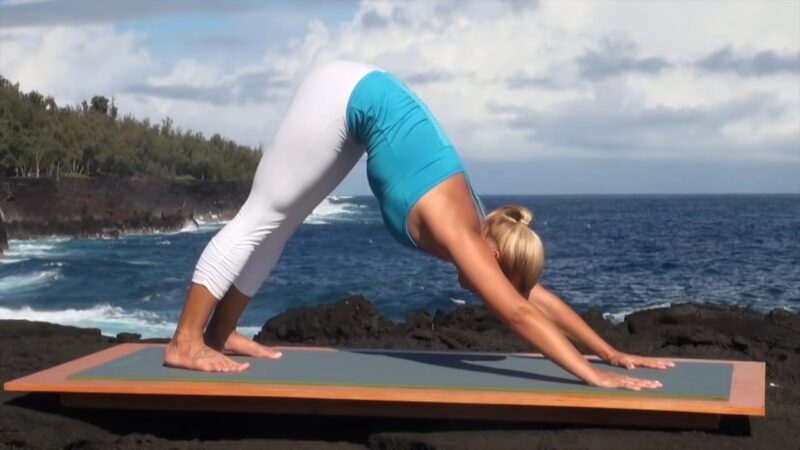
Final Words
Vinyasa Yoga is a dynamic and rewarding practice that offers numerous physical, mental, and emotional benefits. Its emphasis on breath-synchronized movement and flowing sequences makes it a deeply meditative and introspective practice suitable for individuals of all levels and backgrounds. By incorporating a consistent Vinyasa Yoga practice into your routine, you can enjoy increased strength, flexibility, and mental clarity, as well as a deeper connection to your






